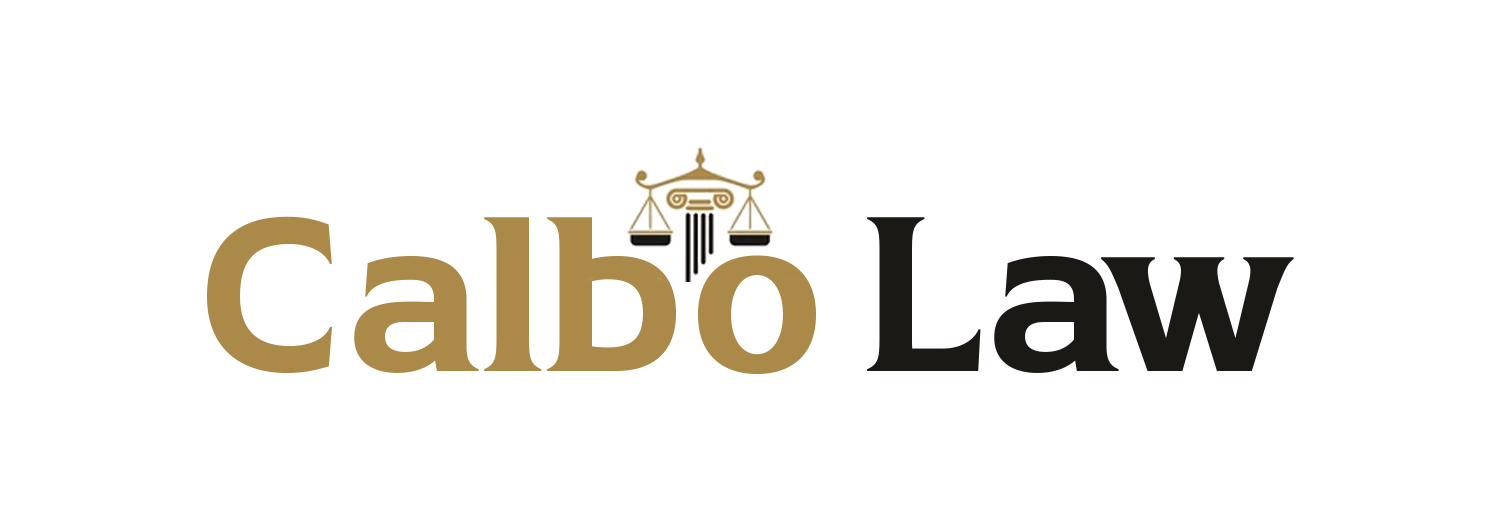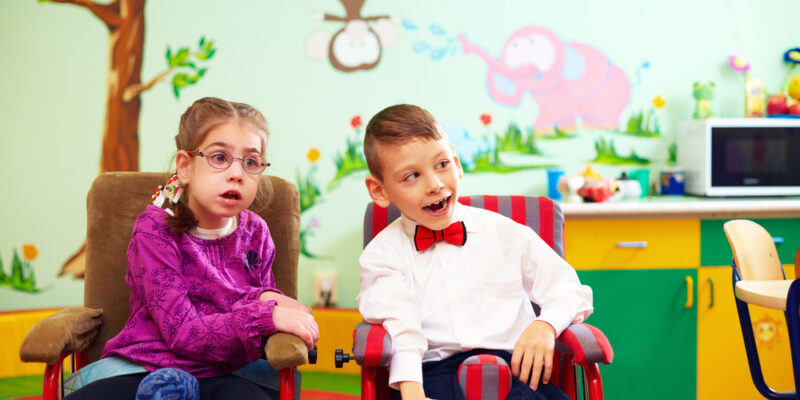Defining Cerebral Palsy: Types and Characteristics
Cerebral Palsy (CP) is a neurological disorder that affects movement, muscle tone, and posture. It is caused by damage to the developing brain, often before birth. CP is not a single condition but a group of disorders with varying degrees of severity. The impact of CP on an individual’s learning and daily functioning can be understood by exploring its types and characteristics.
- Spastic Cerebral Palsy: This is the most common type, characterized by stiffness and movement difficulties due to muscle tightness.
- Dyskinetic Cerebral Palsy: Individuals with this type experience involuntary movements, which can affect the whole body or just a part.
- Ataxic Cerebral Palsy: This rare form involves problems with balance and coordination.
- Mixed Cerebral Palsy: Some individuals may have symptoms of more than one type of CP.
Each type of CP presents unique challenges in the classroom. For instance, a student with spastic CP may require assistive devices to aid in mobility, while a student with dyskinetic CP might need support to manage involuntary movements. Understanding these characteristics is crucial for educators to tailor their teaching strategies and create an inclusive learning environment.
Cognitive and Physical Challenges in the Classroom
Students with cerebral palsy face unique cognitive and physical challenges that can affect their learning experience. These challenges vary widely depending on the individual and the type of cerebral palsy they have.
Cognitively, some students may experience difficulties with attention, processing speed, and memory. This can make traditional teaching methods and classroom pacing particularly challenging. To support these students, educators can:
- Break down tasks into smaller, manageable steps.
- Provide clear and concise instructions.
- Use visual aids to reinforce learning.
- Allow extra time for processing information.
Physically, cerebral palsy can impact a student’s fine motor skills, balance, and coordination. This may affect their ability to participate in certain activities or navigate the classroom environment. To accommodate these physical needs, schools can:
- Ensure the classroom layout is wheelchair accessible.
- Provide specialized equipment, such as adapted writing tools or seating arrangements.
- Modify physical activities to be inclusive.
Addressing these cognitive and physical challenges is crucial for creating an equitable learning environment where students with cerebral palsy can thrive alongside their peers.
Social and Emotional Considerations for Students
Students with cerebral palsy may face unique social and emotional challenges within a mainstream school setting. These challenges can stem from difficulties in communication, mobility, and the ability to engage in activities that their peers do with ease.
- Understanding and empathy from teachers and classmates can significantly improve the social inclusion of these students. Creating a classroom culture that values diversity and encourages students to support each other is crucial.
- Peer interactions are essential for social development. Schools should facilitate opportunities for students with cerebral palsy to form meaningful relationships with their classmates.
- Emotional support can come from various sources within the school environment, including counselors, psychologists, and peer mentoring programs. These resources can help students navigate the emotional complexities of their experiences.
It is important for educators to provide comprehensive information on cerebral palsy to the school community to foster a deeper understanding of the condition. This knowledge can lead to more effective support systems and a more inclusive atmosphere for all students.
Creating an Inclusive Classroom Environment
Adapting Physical Spaces for Accessibility
Ensuring that physical spaces within mainstream schools are accessible to students with cerebral palsy is a critical step towards inclusive education. This involves a proactive approach to removing barriers that may limit the student’s ability to participate fully in classroom activities and school life.
Key adaptations might include:
- Ramps and lifts: These are essential for students who use wheelchairs or mobility aids, providing them with the means to move freely around the school environment.
- Adjustable furniture: Desks and chairs that can be modified to accommodate different body sizes and abilities help in creating a comfortable learning space for each student.
- Accessible restrooms: Facilities should be equipped with features such as grab bars and sufficient space to ensure safety and privacy.
Beyond physical modifications, it is also important to consider the placement of classroom resources. Materials should be within reach for all students, and pathways should be kept clear to allow for easy navigation. By prioritizing accessibility, schools can foster a sense of belonging and empower students with cerebral palsy to engage fully in their educational journey.
Fostering a Culture of Acceptance and Support
Creating an inclusive classroom goes beyond physical accommodations; it requires cultivating a mindset of acceptance and support among all students and staff. This involves educating the school community about the diverse needs and abilities of students with cerebral palsy, and promoting empathy and understanding.
Key strategies include:
- Regular awareness sessions to dispel myths and educate peers about cerebral palsy.
- Inclusive policies and practices that encourage participation of all students in school activities.
- Positive reinforcement to celebrate the achievements of students with cerebral palsy, fostering a sense of belonging.
By implementing these strategies, schools can create a nurturing environment where students with cerebral palsy feel valued and supported. This not only benefits the students with disabilities but also enriches the educational experience for the entire school community.
Collaboration with Special Education Professionals
Effective collaboration with special education professionals is crucial in mainstream schools to support students with cerebral palsy. These experts bring a wealth of knowledge and experience in addressing the unique needs of students with disabilities.
- Special Education Teachers can develop individualized education programs (IEPs) that tailor learning objectives to the student’s abilities.
- Occupational Therapists assist in enhancing fine motor skills and recommend classroom modifications.
- Physical Therapists focus on improving mobility and physical access within the school environment.
- Speech-Language Pathologists work on communication challenges and may introduce augmentative and alternative communication (AAC) systems.
By fostering a team approach, educators can ensure that instructional strategies and classroom accommodations are effectively implemented. Regular meetings and open communication channels between general education teachers and special education staff are essential for monitoring student progress and adjusting support as needed.
Instructional Strategies for Diverse Learners
Differentiated Instruction to Meet Individual Needs
Differentiated instruction is a teaching philosophy aimed at tailoring educational experiences to meet the individual needs of students. For children with cerebral palsy, this approach is particularly beneficial as it accommodates a wide range of abilities and learning styles.
Key components of differentiated instruction include:
- Assessment: Continuously assessing students’ skills and progress to inform instruction.
- Flexible Grouping: Organizing students into temporary groups based on their learning needs.
- Varied Teaching Methods: Employing multiple teaching strategies to deliver content.
- Choice: Allowing students to demonstrate their understanding in various ways.
By integrating these elements, educators can create a responsive learning environment that fosters growth and success for students with cerebral palsy. Collaboration with special education professionals can further enhance the effectiveness of differentiated instruction, ensuring that all legal and educational requirements are met.
Utilizing Assistive Technology in Teaching
In the pursuit of an inclusive education system, assistive technology (AT) plays a pivotal role in supporting students with cerebral palsy. AT encompasses a wide range of devices and software designed to facilitate learning and communication, tailored to the unique needs of each student.
- Adaptive Keyboards and Mice: These devices are modified to accommodate limited motor skills, allowing students to interact with computers more effectively.
- Speech-to-Text Software: This technology enables students with speech impairments to communicate their ideas by converting spoken words into written text.
- Audio Books and Text-to-Speech: For students with visual impairments or reading difficulties, these tools can read aloud written material, making content more accessible.
Teachers are encouraged to collaborate with AT specialists to identify the most suitable technologies for their students. Training and ongoing support for both educators and learners are essential to ensure the effective integration of assistive technology into the curriculum. By doing so, schools can create a learning environment where students with cerebral palsy can thrive academically and socially.
Incorporating Universal Design for Learning (UDL)
Universal Design for Learning (UDL) is a framework aimed at improving and optimizing teaching and learning for all people based on scientific insights into how humans learn. UDL guides the development of flexible learning environments that can accommodate individual learning differences.
Recognizing the necessity for multiple means of representation, UDL encourages the provision of information in various formats. This includes presenting content through auditory, visual, and kinesthetic modalities to ensure that all students, including those with cerebral palsy, can access the material in a way that suits their learning style.
UDL also emphasizes the importance of offering students multiple means of action and expression. This can involve allowing students to demonstrate their understanding in different ways, such as through speech, writing, or art. For students with motor challenges associated with cerebral palsy, this flexibility is crucial.
Lastly, UDL promotes multiple means of engagement to tap into students’ interests, offering choices and fostering motivation. By incorporating UDL principles, educators can create a more inclusive classroom that supports the diverse needs of students with cerebral palsy, ensuring that every student has an opportunity to succeed.
Supporting Communication and Social Interaction
Augmentative and Alternative Communication (AAC) Systems
Students with cerebral palsy may face challenges with speech and language, making communication in a mainstream classroom setting difficult. Augmentative and Alternative Communication (AAC) systems can play a crucial role in facilitating effective communication for these students. These systems range from low-tech options, like picture boards, to high-tech devices, such as speech-generating devices that can be tailored to the individual’s needs.
Key considerations when implementing AAC systems include:
- Ensuring the AAC system is user-friendly and accessible for the student.
- Providing adequate training for the student, peers, and educators on how to use the system effectively.
- Regularly updating the content and settings of the AAC system to match the student’s developing language skills and curriculum requirements.
By incorporating AAC systems, educators can help students with cerebral palsy to express themselves, participate in classroom activities, and engage with their peers, thereby enhancing their overall educational experience.
Peer Support and Buddy Programs
Peer support and buddy programs are essential components in fostering an inclusive environment for students with cerebral palsy. These initiatives pair students with cerebral palsy with their peers to promote mutual understanding and friendship. The benefits of such programs are manifold, enhancing the social integration of students with disabilities and providing opportunities for all students to learn from one another.
- Encouraging Empathy: By working closely with peers, students without disabilities develop empathy and a deeper understanding of the challenges faced by their classmates with cerebral palsy.
- Promoting Inclusion: Regular interaction through structured activities helps to break down barriers and misconceptions, paving the way for a more inclusive school culture.
- Building Social Skills: Students with cerebral palsy often benefit from the modeling of social interactions by their peers, which can lead to improved communication and social skills.
To ensure the success of these programs, schools should provide training for peer supporters to understand the specific needs of their buddies with cerebral palsy. Additionally, regular monitoring and feedback can help to adjust the program to better serve the needs of all participants. The ultimate goal is to create a network of support that empowers students with cerebral palsy to engage fully in the school community.
Strategies for Enhancing Social Skills
Students with cerebral palsy may face unique challenges in social interactions due to physical, communicative, or cognitive barriers. Enhancing social skills in these students is crucial for their overall development and inclusion in mainstream schools. Here are some strategies that can be employed:
- Role-playing activities can provide a safe and structured environment for students to practice social scenarios and develop appropriate responses.
- Social stories and scripts can help students understand and navigate complex social situations by breaking them down into manageable steps.
- Cooperative learning groups encourage peer interaction and teamwork, allowing students with cerebral palsy to contribute their strengths and learn from others.
Teachers can also facilitate social skills by modeling positive interactions and providing feedback. It’s important to create opportunities for students to interact in various settings, such as during lunch, recess, and extracurricular activities. By fostering an environment where students are encouraged to communicate and collaborate, schools can help students with cerebral palsy build confidence and social competence.
Engaging Families and the Wider Community
Building Partnerships with Parents and Caregivers
Forging strong partnerships with parents and caregivers is crucial for the success of students with cerebral palsy in mainstream schools. These collaborations enable educators to gain a deeper understanding of the student’s needs and the support systems available at home.
- Open Communication: Establish regular channels of communication, such as newsletters, emails, or parent-teacher meetings, to keep families informed and involved in their child’s education.
- Training Sessions: Offer workshops and training sessions for parents and caregivers on how to reinforce learning and support at home.
- Resource Sharing: Provide families with access to educational materials and resources, including those from trusted sources like the Merck Manual Consumer Version.
By actively engaging with families, schools create a supportive network that extends beyond the classroom, enhancing the educational experience for students with cerebral palsy.
Community Resources and Support Networks
Mainstream schools can significantly enhance the support for students with cerebral palsy by tapping into community resources and support networks. These external entities often provide specialized services and expertise that complement the school’s efforts in fostering an inclusive educational environment.
- Local Organizations and Charities: Many communities have organizations dedicated to assisting individuals with disabilities. These groups can offer resources such as therapy services, adaptive equipment, and recreational programs tailored to students with cerebral palsy.
- Healthcare Providers: Collaborations with healthcare professionals can facilitate medical insights and interventions that are crucial for addressing the specific needs of students.
- Support Groups: Connecting with local support groups can provide families and educators with emotional support and practical advice from others who have similar experiences.
By establishing strong links with these community resources, schools can create a robust network that not only supports the academic growth of students with cerebral palsy but also their overall well-being and social integration.
Promoting Awareness and Advocacy in Education
Raising awareness and advocating for inclusive education is crucial in creating a supportive environment for students with cerebral palsy. Educators and school leaders play a pivotal role in this endeavor by initiating conversations and leading by example. They can organize workshops and training sessions to educate the school community about cerebral palsy and the importance of inclusion.
Key strategies include:
- Developing educational campaigns that highlight the abilities and potential of students with cerebral palsy.
- Encouraging student-led initiatives that foster understanding and dismantle stereotypes.
- Partnering with local organizations and disability advocates to amplify the message of inclusion.
By promoting awareness, schools can help to reduce stigma and build a community that values diversity and the contributions of all students. Advocacy efforts can also extend beyond the school gates, influencing policy and practice at a broader level to ensure that inclusive education is not just an ideal, but a reality.













Comments